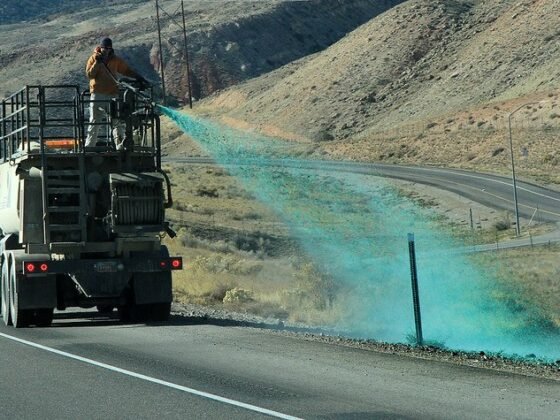Table of Contents Show
Trees are an invaluable resource we can ill afford to ignore. They provide many environmental, social, economic, and even personal benefits.
Whereas the scope of this post may preclude us from discussing the value that trees impart to us, there’s no denying their role in shaping various facets of our modern lives.

Unfortunately, a tree can pose a risk to personal or commercial property and people. For instance, a severe storm can cause trees to fall in a given area, disrupting normal activities by cutting off the power supply, among other issues. But does that imply that the storm is behind occurrences of similar nature? No.
There are underlying factors that often give rise to such problems. A tree hazard assessment can help pinpoint potential risks tied to a tree’s structure in relation to its surrounding environment.
In so doing, mitigation efforts can be undertaken in time to curb imminent danger or hazards. While we are at it, what efforts can we take to keep trees healthy and hopefully alleviate such risks? Let’s go over some of them.
Start On the Right Foot
All trees are not created equal. A tree that does well in one area may underperform in another.
Thus, pick a tree species that do well in your climate and prevailing soil conditions. Also, consider the available space by picturing the tree’s full-grown canopy while it’s still young.
The spot you choose to plant a tree should also receive ample sunlight. Also, avoid planting a tree close to underground water pipes or power lines. Note that a tree’s roots can puncture or damage utility lines.
Read Also:
Adequate Watering
Water is life- so goes the famous axiom. Trees are like other plants in your garden or elsewhere.
Even a cactus craves water! If you’ve ever seen a real-life scene of an arid area, you can attest to the need for water. Consider watering tree seedlings or new trees now and then.
Generally, four or so gallons a week are sufficient during the initial growing seasons. Don’t leave out mature trees- they can make do with an inch of water weekly.
Mulching
We cannot overlook the relevance of mulching. Mulch mimics a tree’s natural growing environment- the forest.
Typically, a layer of undergrowth and decaying matter on a forest floor creates a conducive environment for trees to flourish.
Mulch slows evaporation and keeps the soil’s temperature at an optimal level, especially on sunny days. These conditions prevent drying, protect a tree’s roots, and are ideal for growth.
Fertilizing
All living things require nutrients to grow. Are trees any different? Consider applying fertilizer to young trees to promote their growth. If you notice them developing yellow foliage, it might be time for fertilizer!
But don’t wait until that happens- regular fertilizer application can curb poor growth. If you’re in doubt or need to confirm the nutrients your trees are missing, a soil test can put matters to bed.
Pruning
Treat pruning as you would any other type of preventive maintenance in your home.
Consider making the most of your pruning shears to stimulate your trees’ growth by getting rid of dead stubs and creating space for new branches.
Pruning strengthens your trees by removing damaged limbs and can ward off pests and unwanted animal infestations. Pruning can also avert potential property damage, especially if you remove large branches.
Pest Control
Caterpillars and a whole host of other pests can quickly infest your trees, causing damage or affecting your trees’ structure.
Also, be on the lookout for tree diseases, as these can weaken your trees and increase their vulnerability to the vagaries of the weather. If that happens, diseased trees could become a liability if they topple.
Still, a proactive approach to monitoring your trees can help keep your green assets in sound health.
Involving an arborist for periodic inspection of your trees for telltale signs of infestations or potential disease outbreaks can safeguard your investment.
Clearing the Grass
If grass grows next to your trees, consider keeping it away. Growing grass competes with your trees for nutrients and water.
Such competition can be detrimental to your trees’ overall health. In particular, saplings can have a long day trying to match up against the grass. The result would be evident in their slow or stunted growth.
In essence, guarding our investments entails taking appropriate actions to foster their growth and avert a crash.
By keeping our trees healthy, we can reap immeasurable future rewards. Follow this guideline to keep your trees from becoming a safety hazard or liability.










